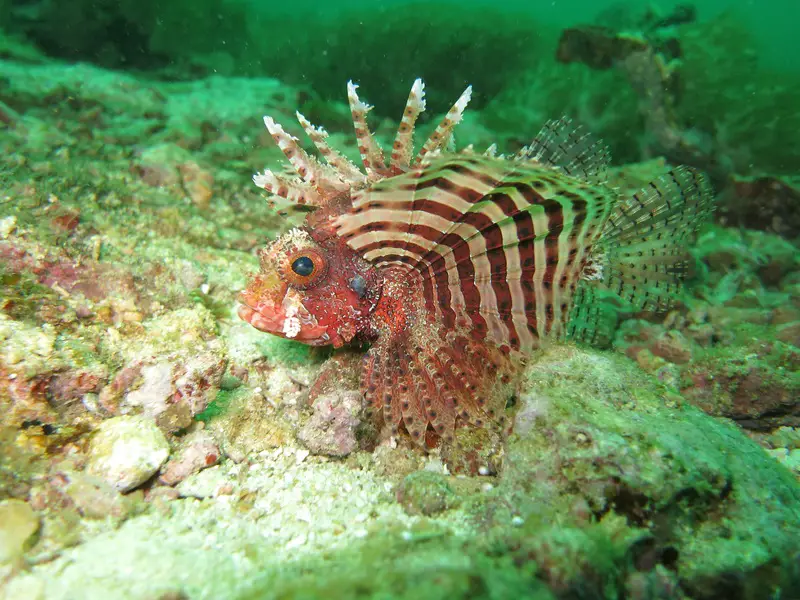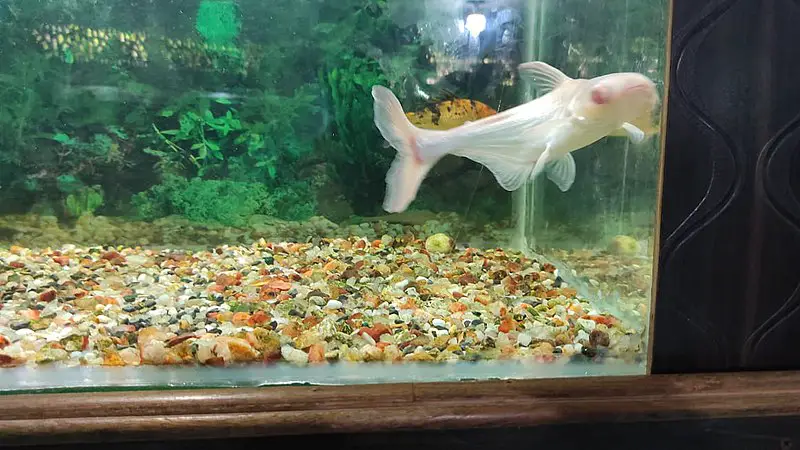Aquarium bracing is a critical component in maintaining the structural integrity of larger aquariums. These braces, often constructed of silicone and plastic, form a frame that encircles the top and bottom edges of the tank. Their primary role is to act as a support beam, ensuring that the glass panels of the aquarium stay rigid and resistant to bowing under the pressure of the water they contain.
Understanding the importance of bracing is paramount for those invested in the health and safety of their aquatic environments. It is not merely an optional extra but an essential element of a well-maintained tank.
This is particularly true in larger setups with a higher risk of glass distortion. The following sections will navigate the intricacies of aquarium bracing, offering insights into when it is necessary and providing guidance on installation and maintenance for an unyielding fish haven.
Aquarium Support Essentials
When constructing a framed aquarium, reinforcing the structure is imperative. Often integrated into such models, bracing compensates for the thinner glass used in modern designs, providing the necessary counterforce to the water’s outward push. This reinforcement, typically a plastic rim, grasps the tank’s upper edges.
- Top Bracing: This feature on most large tanks prevents the walls from flexing outward under the immense water volume.
- Bottom Bracing: Less visible but equally vital, it adds stability and evenly distributes the tank’s weight.
Without these supports, the thinner glass of a fish tank might bow outwardly, stressing the silicone seals and jeopardizing the tank’s integrity. Bracing helps maintain the aquarium’s shape and durability, ensuring a safe environment for its aquatic inhabitants.
Necessity of Mid-Tank Support
Aquariums, particularly those of considerable size with frames, often need additional structural reinforcement. It is essential to consult with the manufacturer to determine the need for such support, which may already be included in the aquarium upon purchase.
The structural integrity of an aquarium is supported along its perimeter and requires robustness at the center. While contemporary designs have introduced corner bracing as an alternative to full-frame top bracing, offering an attractive visual appeal, it does not replace the functional reliability provided by circumferential support.
Maintaining the middle support supplied with traditional framed aquariums is critical for the safety and longevity of the setup. Experts advise preserving the factory-included central bracing, even with robust glass or alternative bracing methods.
Support Requirements for Frameless Aquariums

Frameless or rimless aquariums have gained popularity for their clean, all-glass aesthetics. These models forego the traditional silicone frame, relying on the strength of thicker, superior-grade glass to maintain its form. While this reduces the need for additional support compared to framed aquariums, extra reinforcement, such as corner bracing, may be beneficial, particularly for larger installations.
Understanding Euro-Brace Integration
Euro-brace construction encompasses the tank’s upper and lower frontal and lateral edges. This method employs strips of glass, rather than the conventional plastic, for bracing around the aquarium’s circumference. Owing to its material, euro-bracing minimizes the disruption of light transmission into the aquarium, preventing the shadowing effects typically caused by plastic bracing.
Aquarium Bracing Requirements
When selecting an aquarium, it’s important to consider structural support requirements. Here’s a brief guide on when bracing is necessary:
- Under 30 Gallons: Tanks of this size generally don’t require additional support.
- 30 to 150 Gallons: A single brace is recommended for tanks within this range to ensure stability.
- Above 150 Gallons: Larger tanks, especially rimless designs, will need bracing to prevent bowing due to the increased water pressure.
Glass Thickness and Type:
- Thicker Glass: Supports more water volume, so bracing may be less critical than thinner glass.
- Low Iron Glass: Offers higher clarity and may require careful consideration for bracing due to purity and strength factors.
For tanks larger than 30 gallons, consider starting with a more manageable size before progressing to larger, more demanding setups. While aesthetically pleasing, rimless tanks require careful evaluation of support needs based on size. If the tank capacity is unknown, use a fish tank volume calculator to determine the appropriate specs for bracing.
Installing a Central Support in an Aquarium
Emptying the Aquarium Partially
For safety and ease, one should begin by reducing the amount of water in the aquarium by approximately 50%. This helps prevent any accidental leakage during the installation process. It’s crucial, especially when dealing with a tank with an aging or defective support structure. An alternative approach would be to work with an empty tank, easing the process and minimizing risks to aquatic life and the water’s condition.
Securing the New Brace with Silicone
The next phase involves preparing the new brace for installation. One must apply silicone generously to the interior of the new brace’s framework, which may be constructed from durable materials like plastic or metal. After applying silicone, position the brace centrally atop the aquarium. Pressing gently along the edges of the frame ensures the silicone bonds effectively to the tank’s walls.
In cases where an old brace is being replaced, it is imperative to remove the existing brace carefully. Utilize a fine cutting tool and a scraper blade, exercising caution to avoid damaging the aquarium’s glass or the sealant around the panels. Once the old brace is removed, the process can be followed to introduce the new central support.
Essential Queries on Aquarium Bracing
The Function of Bracing in Fish Tanks
Aquarium bracing serves to reinforce the structure, providing stability and support. It counteracts outward pressure from the water, which can be considerable, especially in larger tanks. Braces are typically placed along the top edges of the aquarium and can be essential in preventing bowing or potential breakage of the glass.
Steps for Brace Kit Installation
To secure a brace kit onto an aquarium, you’ll need to follow these steps:
- Clean the area where the brace will be attached to guarantee proper adhesion.
- Apply aquarium-safe silicone to the area where the brace will sit.
- Place the brace onto the silicone and press to ensure it covers the joint area evenly.
- Allow the silicone to cure fully before filling the tank with water.
Advantages of Employing a Brace Protector
Utilizing a brace protector provides multiple benefits:
- Prevents Damage: Distributes stress and reduces chances of cracking.
- Longevity: Extends the life of your aquarium by maintaining its integrity.
- Improved Safety: Protects against accidental breakage and potential water damage.
Replacing the Central Brace of an Aquarium
When replacing a central brace, it is crucial to:
- Drain the tank and safely move its inhabitants.
- Remove the damaged brace carefully to avoid further breakage.
- Clean the surface before applying a new brace, following installation steps similar to those of a new brace kit.
Contrasts Between Standard and Braceless Tank Designs
Comparing tank designs, braceless aquariums offer a sleek, unobstructed view. Meanwhile, standard-braced tanks prioritize structural integrity.
Braceless tanks rely on thicker glass or specialized engineering to manage water pressure. In contrast, a standard tank uses a more conventional design with braces to provide additional support.


